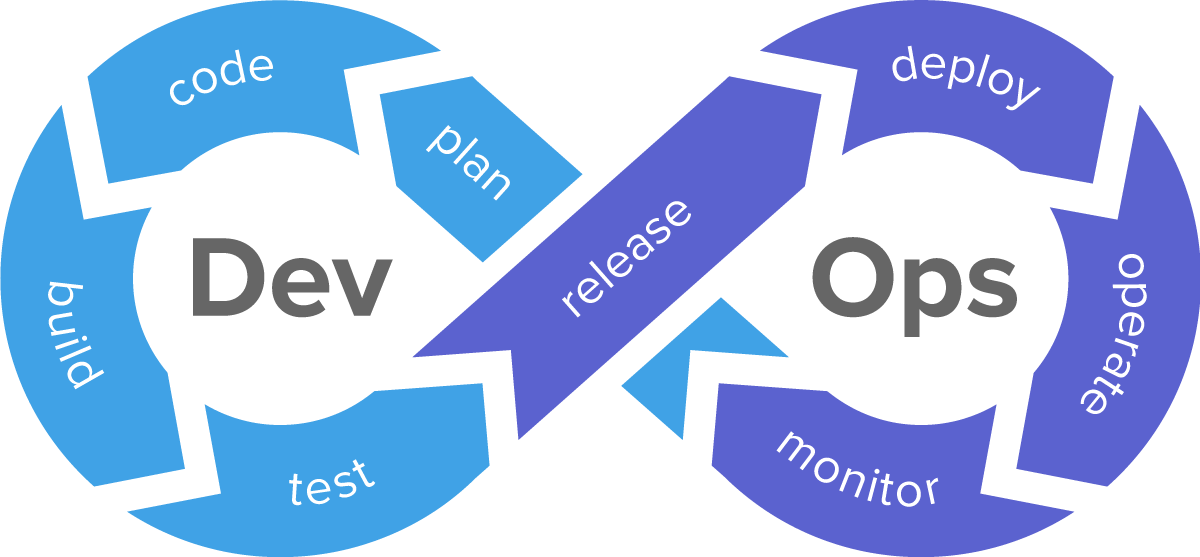Unlocking New and Sustainable Sources of Global DevOps Revenue

The economic models that generate DevOps revenue are a diverse mix of software subscriptions, consumption-based cloud services, and high-value professional services, reflecting the multifaceted nature of the market. The largest and most visible revenue stream comes from the sale of DevOps tools, which are now predominantly sold via a recurring Software-as-a-Service (SaaS) subscription model. This includes revenue from all-in-one platforms and a wide range of specialized, best-of-breed tools, with pricing typically based on the number of users or the level of usage. A second and massive source of revenue is generated by the public cloud providers, who derive revenue from the consumption of the underlying compute, storage, and networking resources that power the DevOps pipelines, as well as from their own native DevOps services.
This evolution towards more predictable and scalable revenue models is a key factor behind the market's impressive financial growth. The entire industry is projected to expand significantly, with its total market size expected to grow to reach USD 40 Billion by the year 2035. This growth is supported by a strong and consistent compound annual growth rate (CAGR) of 14.63% during the forecast period. The combination of sticky SaaS subscriptions for tools and the continuous, consumption-based revenue from the cloud platforms has made the DevOps market a highly attractive and profitable sector. This financial stability fuels a continuous cycle of R&D and innovation, which in turn drives further adoption and revenue growth.
Beyond the core software and cloud infrastructure revenue, a major and rapidly growing revenue stream comes from professional and managed services. Many organizations, particularly large enterprises, lack the in-house expertise to successfully implement and manage a complex DevOps transformation. This has created a massive market for consulting firms and managed service providers (MSPs) who offer a range of services, from initial DevOps strategy and toolchain implementation to the ongoing management of a client's CI/CD pipelines. This high-value services component is a critical enabler of the market's growth and represents a significant portion of the total industry revenue, particularly for the large IT services companies.
Looking ahead, the future of DevOps revenue will be increasingly tied to the monetization of security and intelligence. The rise of DevSecOps is creating a massive new revenue opportunity for tools that can automate security testing and vulnerability scanning within the CI/CD pipeline. These security-focused tools often command a premium price and are becoming a non-negotiable part of the modern DevOps toolchain. Similarly, the emergence of AIOps is creating new revenue streams for platforms that can use AI to provide predictive insights and automate the remediation of operational issues. As the DevOps pipeline becomes more secure and more intelligent, the value it delivers increases, creating new and lucrative revenue opportunities for the vendors who are leading this innovation.
Explore Our Latest Trending Reports:
Italy Digital Identity in Government Sector Market
- Art
- Causes
- Crafts
- Dance
- Drinks
- Film
- Fitness
- Food
- Spiele
- Gardening
- Health
- Startseite
- Literature
- Music
- Networking
- Andere
- Party
- Religion
- Shopping
- Sports
- Theater
- Wellness
